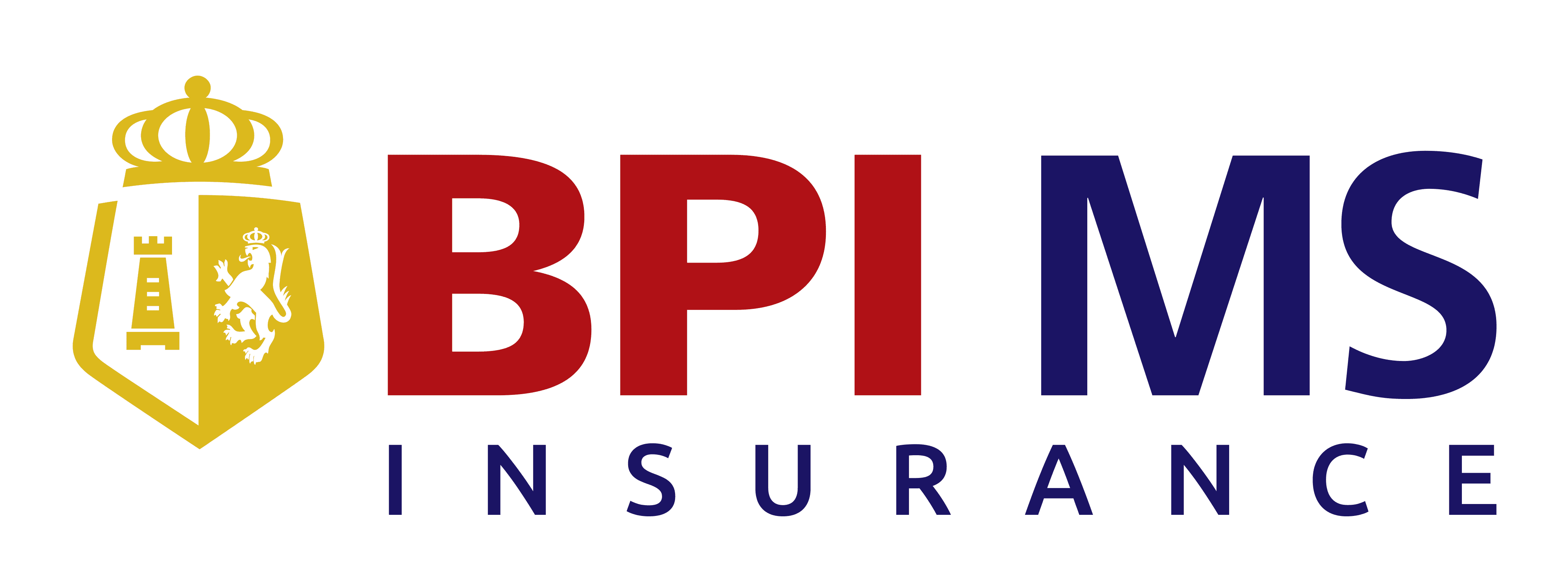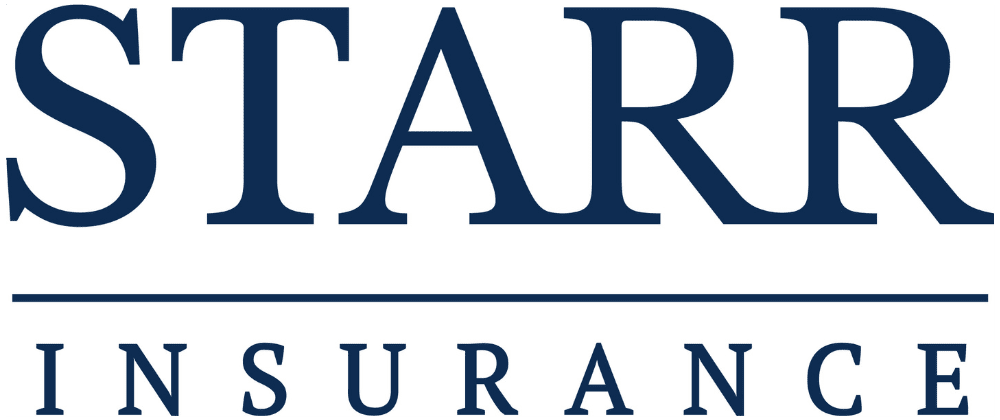Manila 2024 Conference
- With 60% of real GDP growth coming from Asia, there's tremendous opportunity for Asian business to leverage on evolving risks from the energy transition, healthcare, digitalisation and more aspects
- It is becoming more pressing for governments and private sector to have a mutual structure to fortify economies in keeping ahead of tightly inter-webbed risks.
- "The cost of adaptation is cheaper than the cost of recovery."
- Have confidence as a Chief Risk Officer in the insights that you bring to the table.
- The ultimate goal for senior leadership is to strive to ‘get rid of the risk management department’, working towards a future where risk management is deeply embedded into the company culture and every employee is accountable to risks. A culture of openness where leaders and individuals are empowered to speak their minds is significant to achieve this.
- Examine the potential impacts of key geopolitical risks and assess the likelihood for further deterioration. Frame the geopolitical conversation specifically around your organisation.
- Businesses should practice ‘De-risking and diversifying’ to remain resilient and proactive.
- Parametrics gives the advantage of a quick reaction time and simplified claims management. An efficient parametrics programme requires the risk manager to know their identified risk very well, understanding its historical data and how future incidents of varying intensities would affect the business
- Be critical about the technological tools that you are using. Take advantage of what it can do and find the balance in the symbiotic relationship with AI in risk management by maintaining human oversight and involvement. Try AI programmes in your day-to-day work, and find out how to prompt it better.
- There has been a shift in sentiment towards captives in Asia driven by the hard market, with more businesses discovering the advantages of rented captives, i.e. protective cell captives. It is crucial to close the education gap to make captives a success in the Asia Pacific.
- Collaborate with HR managers to allocate budget to mitigate people risks; mental health should be part of the core strategy in taking care of the workplace. Differentiate between job and role: get comfortable with technology, especially AI, as it can produce less hands work and leave more room for heart work.
MANILA CONFERENCE PHOTO GALLERY
Presentation Decks
SPONSORS
Platinum
SPONSOR

KNOWLEDGE
PARTNER

GOLD
SPONSORS



SILVER
SPONSORS






MEDIA
SPONSORS




